This is one in a series of posts on the Fujifilm GFX 100. You should be able to find all the posts about that camera in the Category List on the right sidebar, below the Articles widget. There’s a drop-down menu there that you can use to get to all the posts in this series; just look for “GFX 100”. Since it’s more about the lenses than the camera, I’m also tagging it with the other Fuji GFX tags.
I’ve been posting a lot recently about the 120 mm f/4 GF macro lens for the GFX. I found it a good performer at 1:2, at minimum focusing distance (MFD) with no extension tubes, but that it had really soft edges and a lot of focus curvature at MFD with 36 mm of tubes. In this post, I tested it at 1:1 with a 45 mm tube,a and found it credible on-axis but soft on the right edge of the frame. I reported those results numerically. I know that some people like images better than charts, so here is a visual look at the phenonium, using the time honored sharpness target of a banknote. I used a 45mm tube at minimum focusing distance, which gives 1:1 magnification.
Here are full-frame images for navigation purposes. The images were created by Helicon from 150-capture sequences:
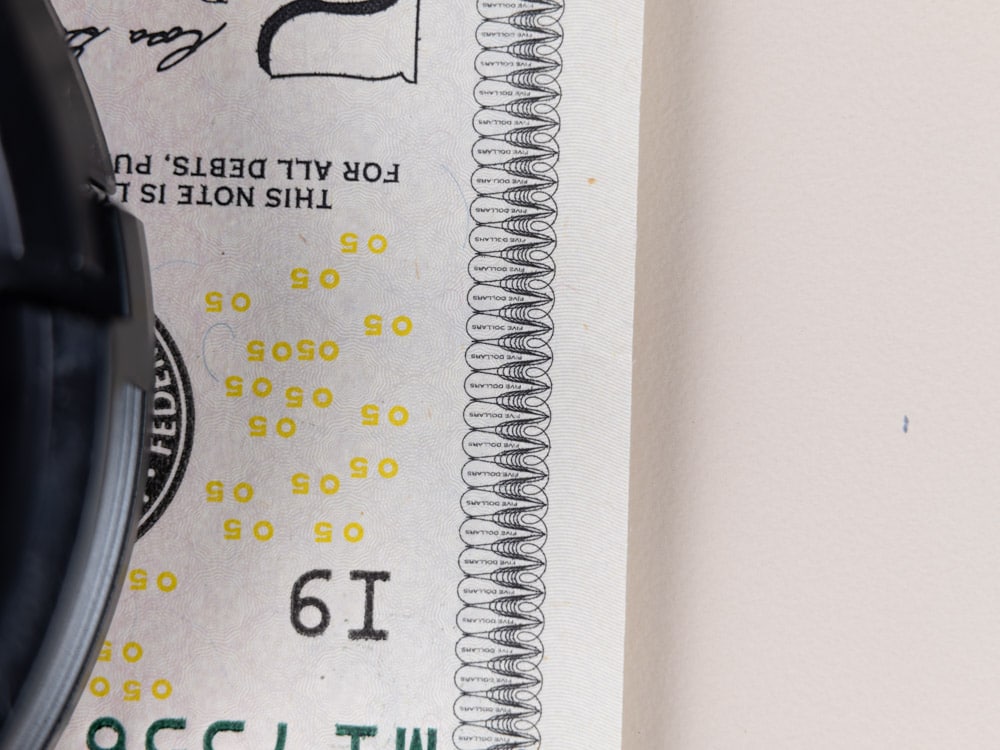

The crops, at about 150% magnification.
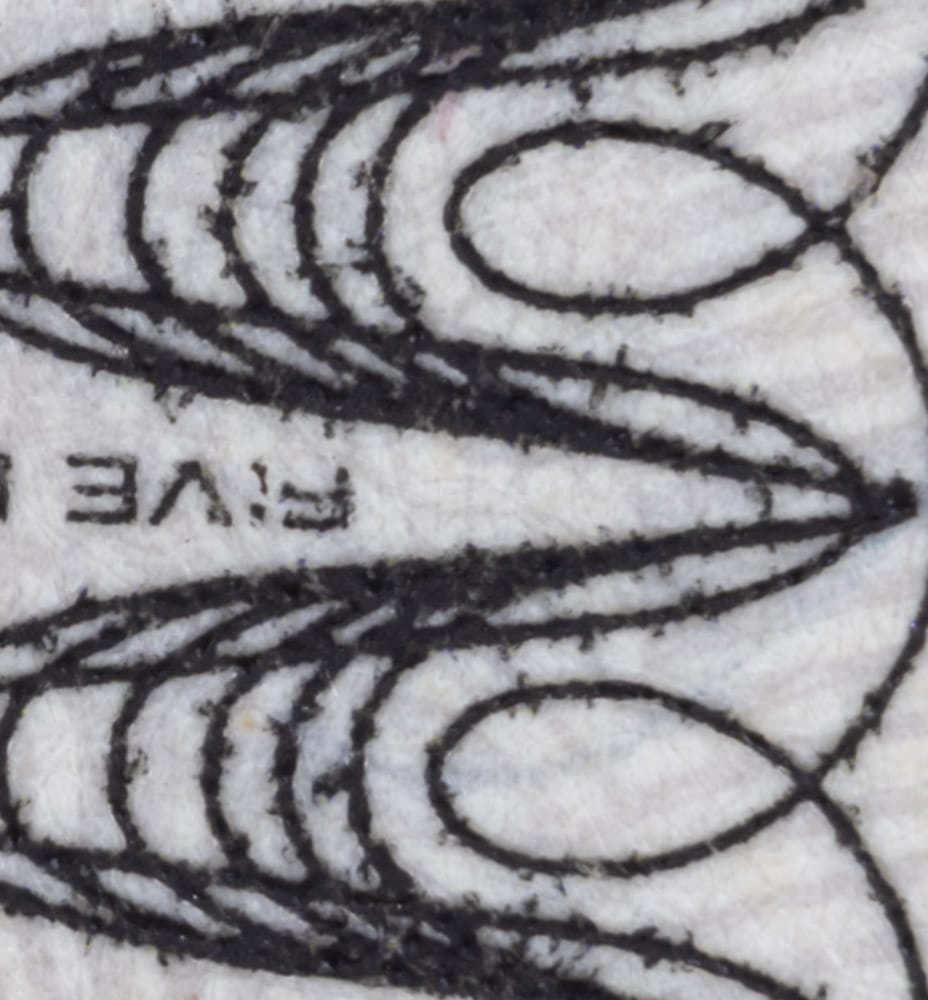
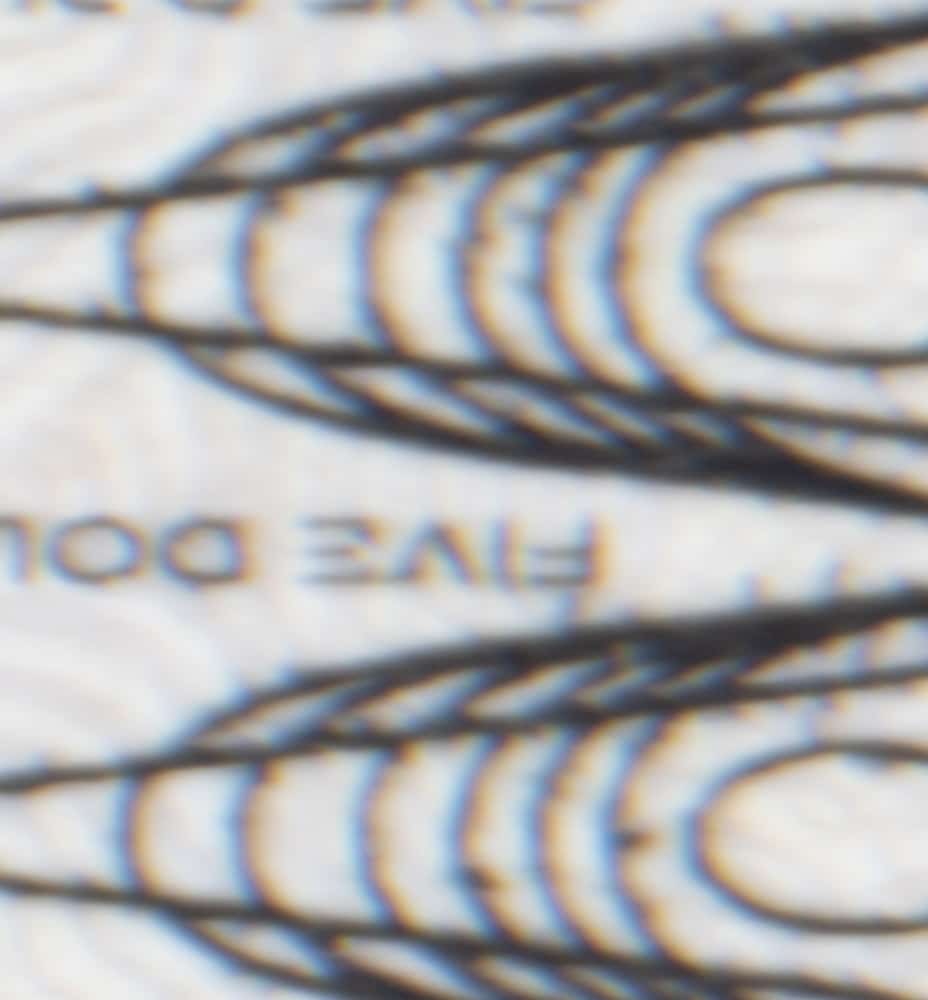
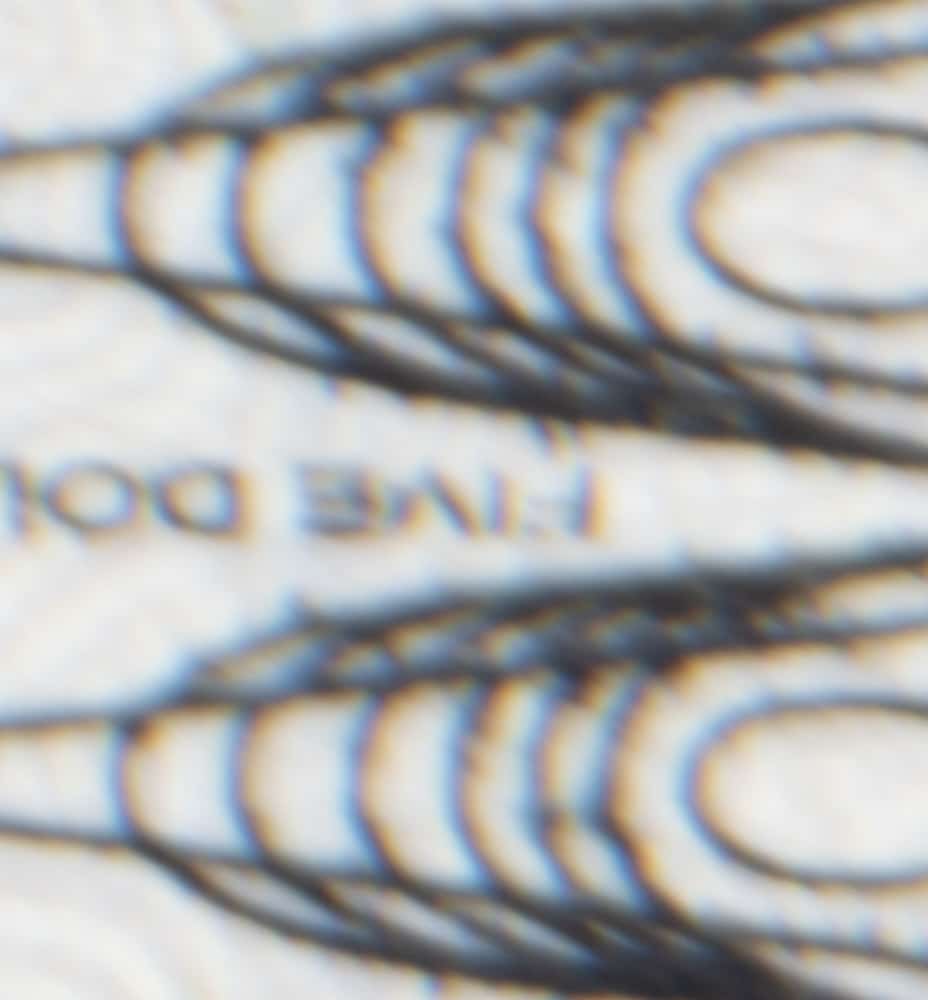
As well as the softness, lateral chromatic aberration is visible in the edge and corner crops.
Another f/4 shot, with three crops:

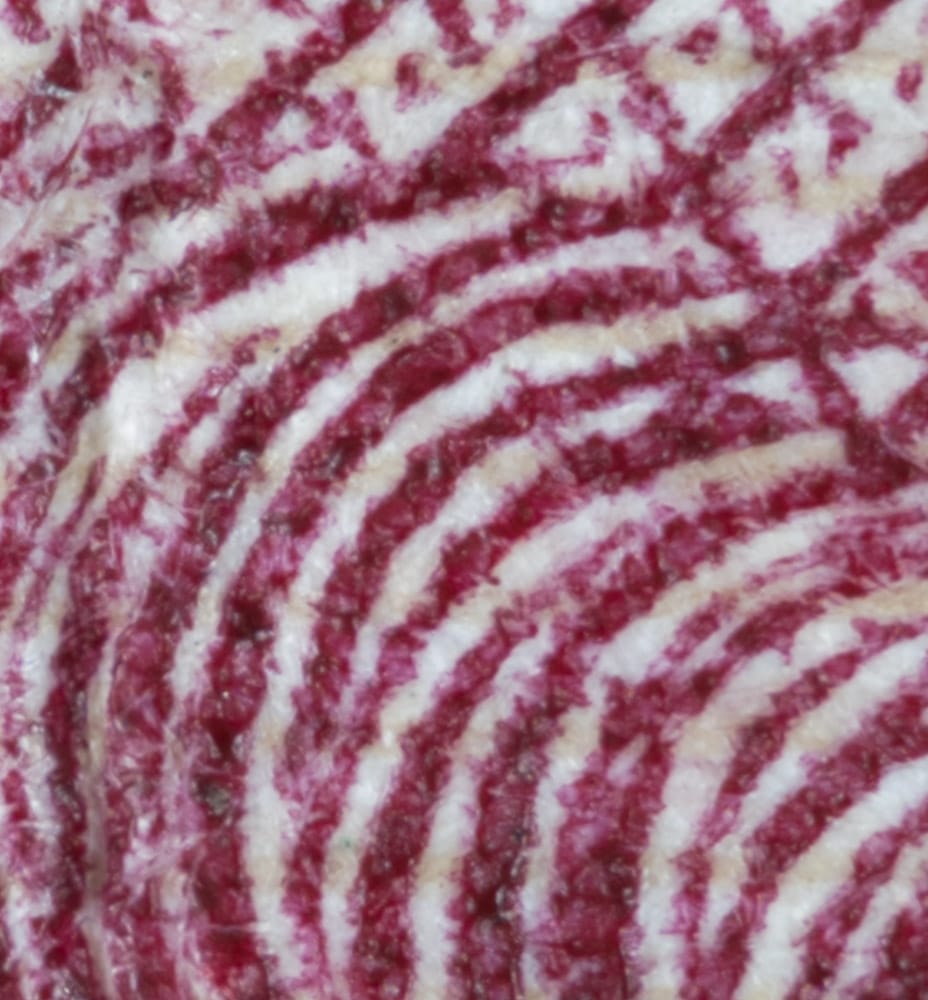
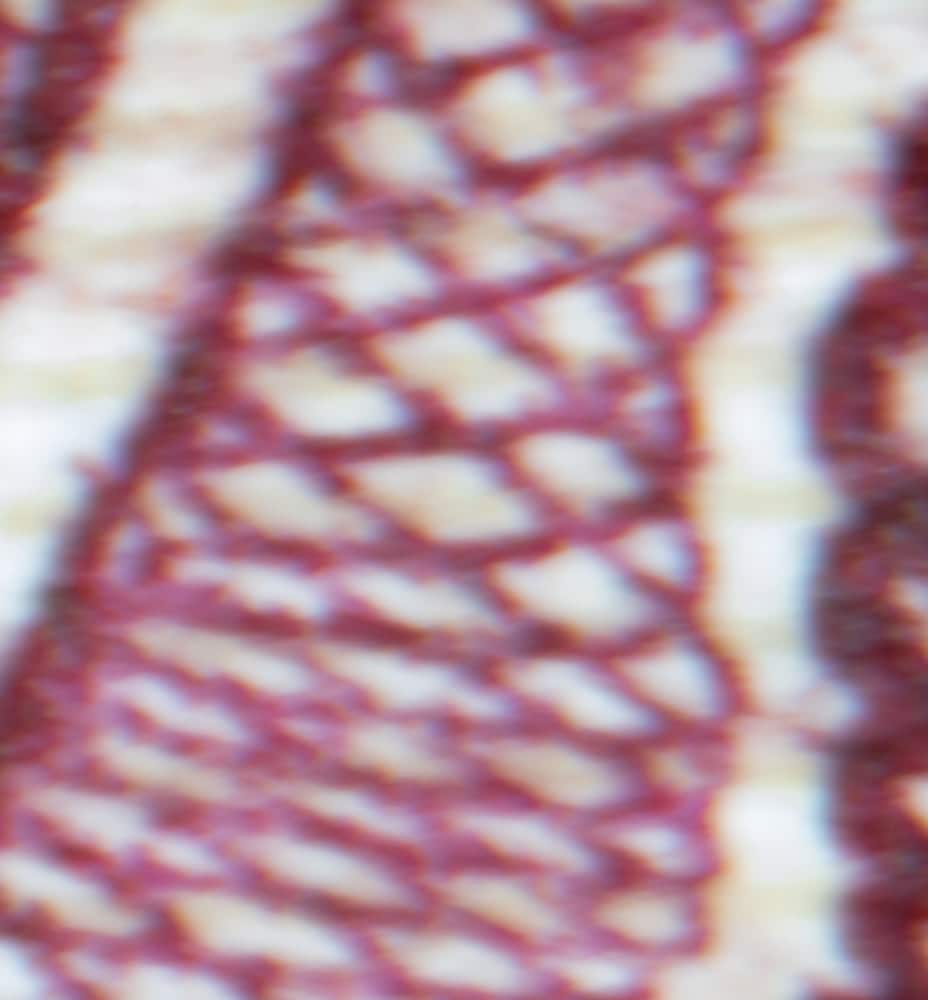
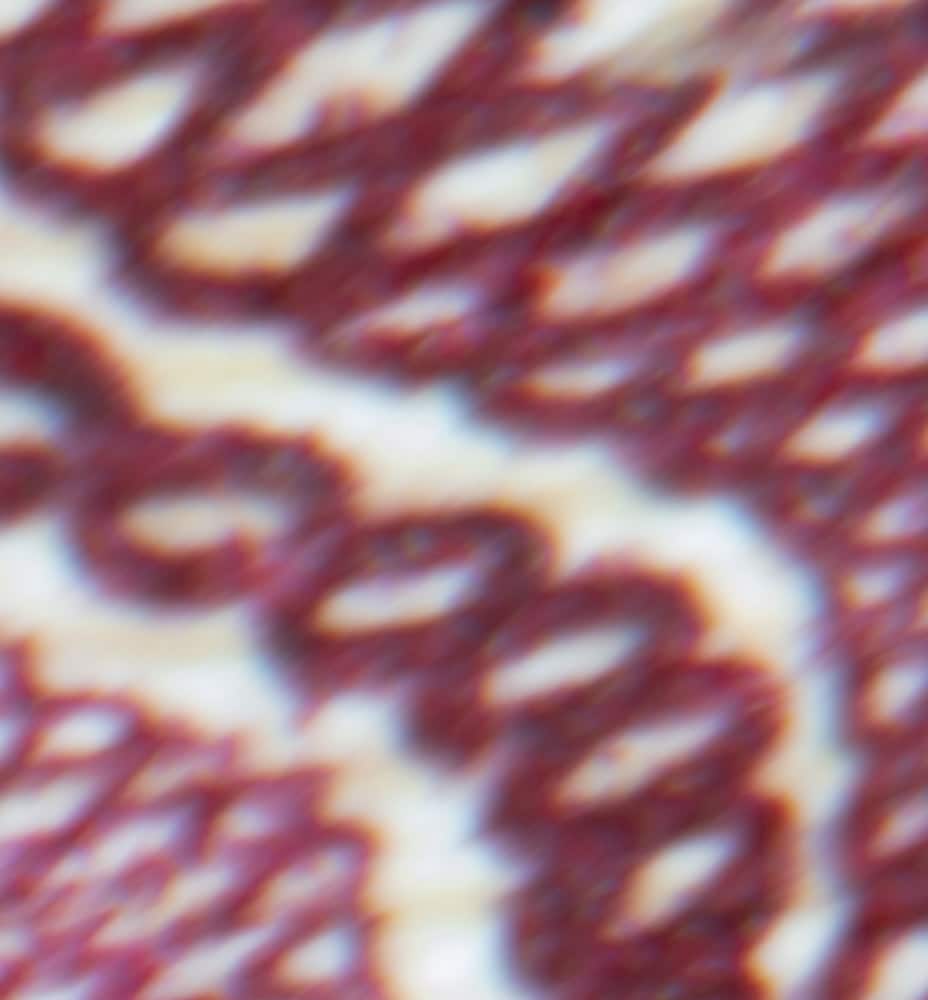
And at f/5.6:

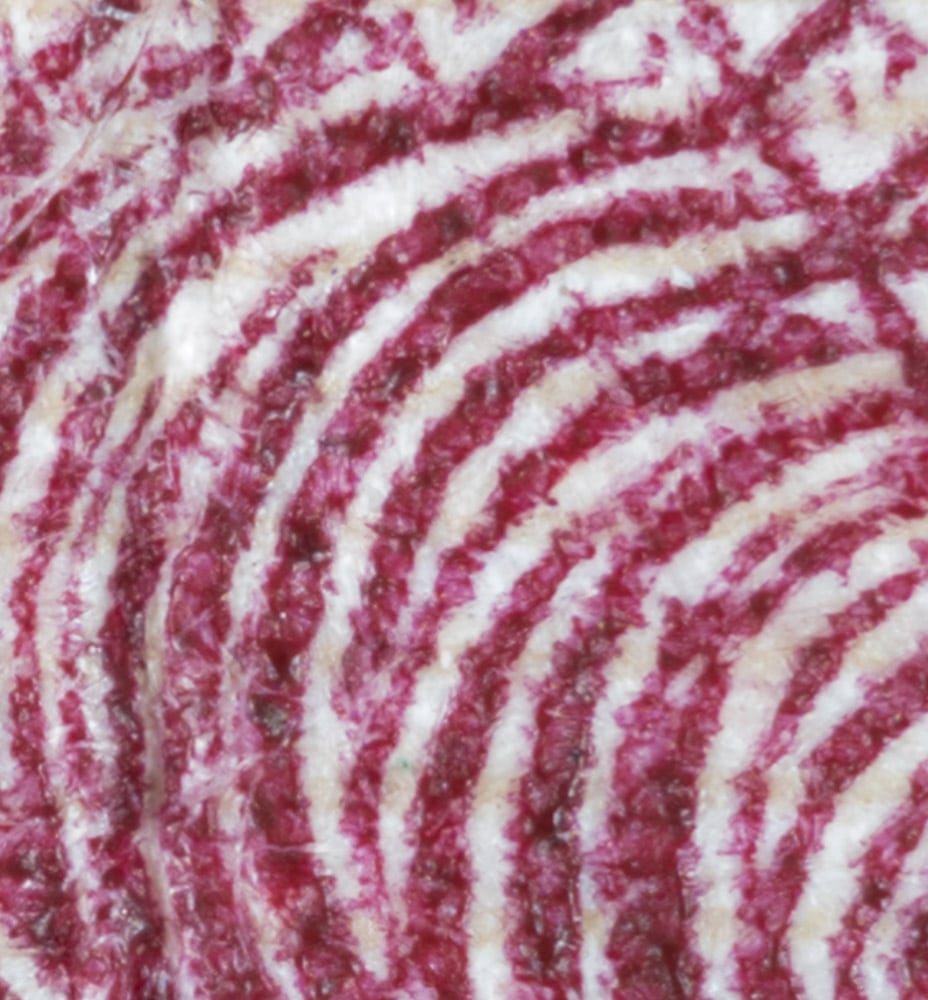
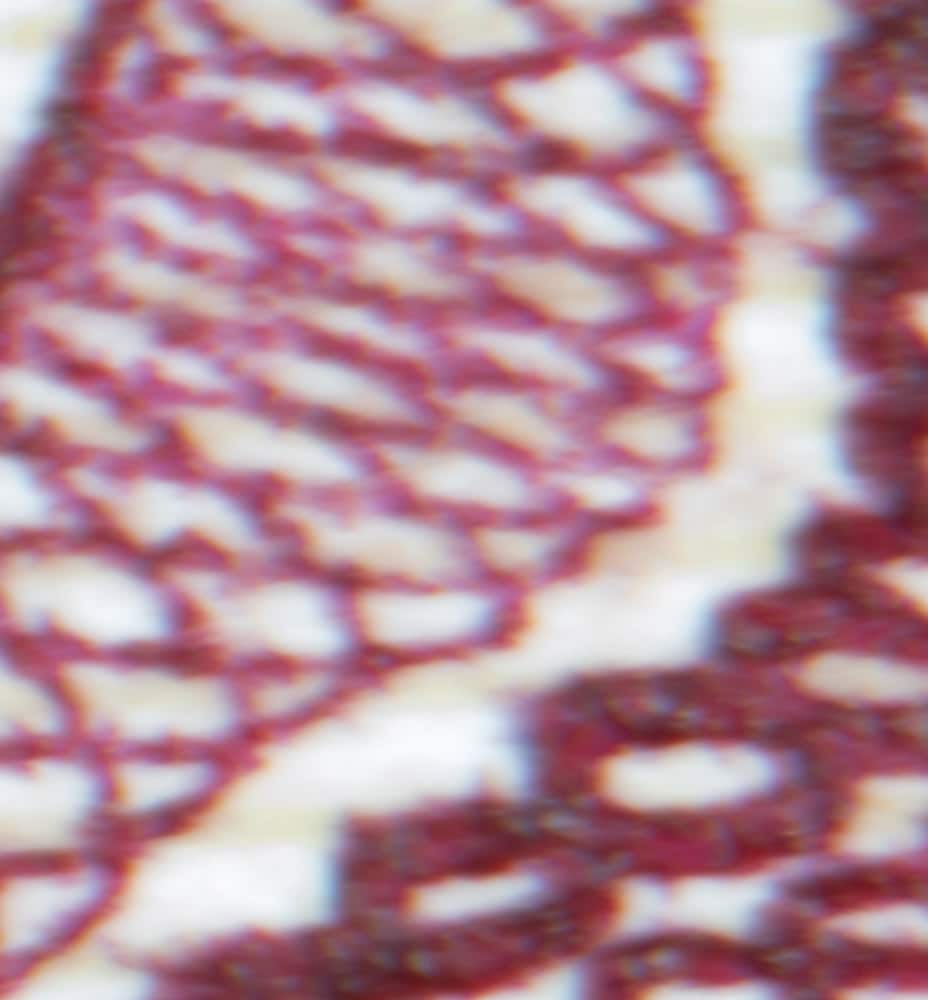
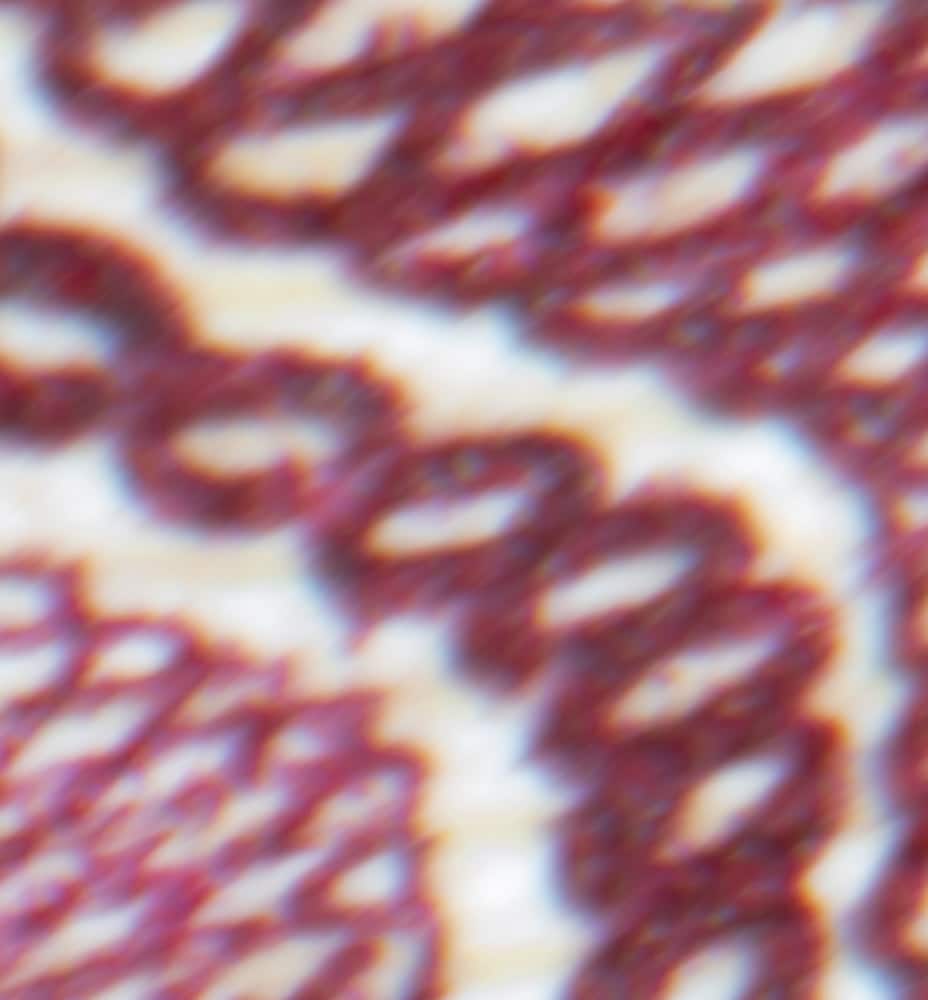
Zé De Boni says
I was waiting to see some comments from Fuji GFX users, as I never used those cameras. My overall impression from your recent tests is of deception with general performance of Fuji GFX lens line (mostly for long focals), which made me sure that for me it was a safe decision to stay with FF at 60MP.
I appreciate so much your testing methods, which can solve the old limitations of measuring resolution at any magnification, even at 1:1. Unfortunately this cannot be done for Sony lenses, but it would be great if you could offer such numerical comparison with another FF camera that has focus shifting, like Nikon. I also hope that some way by which slanted edge may be use to measure field curvature can be devised. That would make it possible to access how the floating elements designs are doing their jobs across all focus range, specially in macro lenses.
The results that you have shown made me rush to get information about this 120mm macro design. First I learned that it is optically stabilized, which I usually dislike because such features require added elements or changes from straight forward designs. For high resolution systems, most of the work is done on tripods or stands, which shows that Fuji opted for a more complex and costly build, disregarding the more conventional pro use. And I am sure that this is paying its price at this level of precision of your tests.
Amazingly, this Macro has 3 LD elements to correct CA and they advertise the floating elements focusing, which doesn’t seem to be fully operating at 1:2 without tubes. It should be showing its function of improving edge resolution by correction of field curvature across the whole focus range.
The bad results with tubes are much as I expected, since tubes are not fit for floating elements lenses. This you may teach us, as few people understand that when you use a tube you start the focus range at a close distance, let’s say 1:2, but the internal setting of the lens is calibrated to infinite focus. Consequently you will have curved field, soft edges across all the close focus range. Best would be to have an optically active tube, a kind of macro converter designed specifically for such lenses. I learned that 50 years ago, but Fuji adopted an older fashioned simplification, with a macro limited to 1:2 maximal magnification. I bet you will get better results if you use a common tele-converter for closer work with that macro (if it ever fits that lens).
JimK says
Focus shift shooting in Nikon cameras has too large a minimum step size for me to use it for these tests. I’m working on using a Cognisys rail.